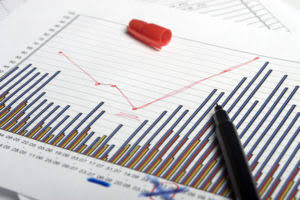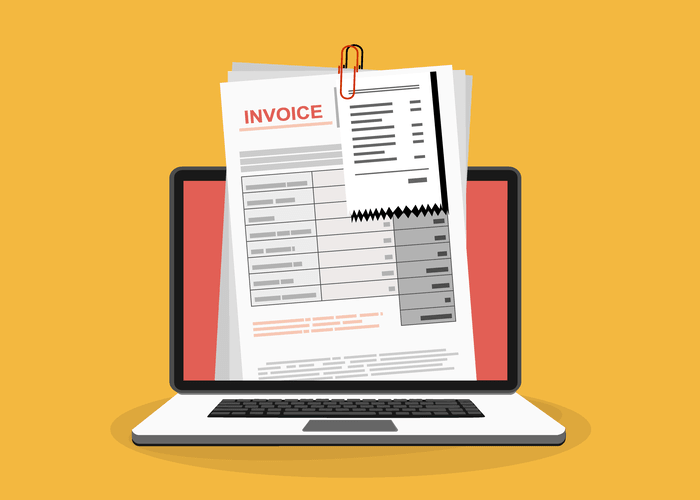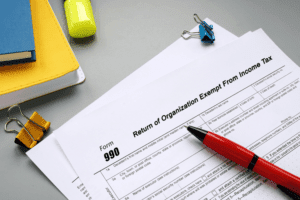
This simple formula shows how to find total manufacturing costs accurately and helps businesses understand their production expenses. By using this method, you can easily calculate total manufacturing costs for any production process. This includes all materials that can be traced directly to the finished product. For example, in car manufacturing, steel, tires, and glass are direct materials. To calculate total manufacturing costs, you must first sum up all the direct materials used in production.
What is the total manufacturing cost?
To know whether your business is a profitable unit, you can check whether your production costs are lower than the cost of each product you are selling. By understanding how to calculate the cost per unit of a product, you can easily set the prices and attain your sales goals. Keep reading to know more about the cost per unit and how to calculate the unit per Price.
Products
This calculation allows brands to ensure profitability while remaining competitive in the market. Cost per unit only accounts for production expenses and doesn’t include holding costs, shipping, marketing, and administrative expenses. To ensure profitability, businesses must calculate the total cost per product and add a profit margin before setting a price. While factory rent is a fixed overhead cost, utilities for operating machinery might have a variable component that increases with higher production. Understanding this distinction is valuable for detailed cost analysis, though for basic unit cost calculation, all manufacturing overhead is totaled.
Determining Cost Per Unit Using Total Fixed Cost
- On the contrary, the price per unit is how much you charge to your customer for each item sold.
- For example, if a company incurs $500,000 in fixed costs and $100,000 in variable costs while producing 25,000 units, the total cost of production is $600,000.
- EPS is a key performance indicator used by shareholders to assess performance.
- The sum of total fixed costs and total variable costs yields the total production cost for a given period.
- Cost per unit is also used for accurate inventory valuation on a company’s balance sheet.
This key metric helps businesses price products effectively and identify areas for QuickBooks Accountant improvement, playing a significant role in a company’s financial health and competitiveness. Logistics form a significant component of a unit cost reduction strategy. Therefore, focusing on achieving seamless supply chain management can reduce logistics costs. First, you can work on optimizing first-mile delivery operations and related expenses.
- RFID technology can also be used to track inventory movements in real time, which helps teams optimize their inventory levels and avoid stockouts.
- Calculating cost per unit provides several important benefits for your business.
- With detailed knowledge of the average cost per unit, companies can respond to market changes by adjusting prices.
- Variable costs, on the other hand, are expenses that change as production or sales increase.
- The first step is to fill in how many units of each material you need to make your product.
- Key performance indicators (KPIs) like inventory turnover rate, contribution margin, and gross margin return on inventory investment (GMROII) help flag underperforming products.
Under variable costing, the cost per unit is lower since fixed overhead is excluded, resulting in lower inventory values. This method can show lower reported profits when production exceeds sales, as all fixed overhead is expensed immediately. The selection of costing method impacts financial statements and profitability analysis, find cost per unit depending on production and sales volumes. Finally, multiply the total number of direct labor hours by the labor rate per hour. This will give you the total direct labor cost for producing the product. Understanding how to calculate total manufacturing cost requires this step to ensure you account for labor expenses accurately.

Selling Price Per Unit Input (Profit Analysis Feature)

Manufacturing overhead includes indirect costs like factory rent, utilities, equipment depreciation, and salaries of supervisors. After choosing an allocation method, divide the total overhead costs across your products based on machine hours or https://axrocks.com/24-best-free-payroll-software-for-smbs-on-a-budget/ labor hours. For example, if your factory’s overhead costs are $10,000 and your machines run for 1,000 hours, you would allocate $10 in overhead per machine hour.
- This involves collecting data for direct material costs, direct labor costs, and manufacturing overhead expenses.
- Despite the various advantages mentioned above, there are a few factors from the other end of the spectrum that act as a hassle for businesses.
- The basis of this calculation is Total Production Costs / Number of Units Produced.
- Whereas initially producing 100 labels per day, the employee may eventually increase that production to 200 labels per day.
- Moreover, monitoring the cost per unit over time provides valuable insights into trends and allows for a real-time analysis of expenses and revenue.
- Your total variable cost will increase as the number of units produced increases.
- Use our Wholesale Price Calculator to get accurate unit costs and profit margins—fast.
- ShipBob’s fast-growing fulfillment network helps you save on costs when storing inventory in our fulfillment centers by only paying for the space you need.
- With the user-friendly interface and intuitive features, eLogii ensures that anyone on your team can quickly adopt and use the platform effectively from day one.
- DDKJ seeks to provide solutions that work with the help of their global partners by being innovative, producing goods of high quality and offering customer support.
- In this tutorial, we have calculated the cost per unit in Excel using three methods.
- This reduces machine downtime, eliminates bottlenecks, and improves workflow, leading to lower per-unit costs.
- Automating repetitive tasks, reducing bottlenecks, and improving order fulfillment processes can cut down labor and operational costs.
- Accurate demand forecasting will help you align production with expected sales.
Minimizing returns, reshipments, and dead stock can all help reduce cost per unit. Returns can be costly for businesses, as they often involve shipping the product back to the manufacturer or retailer, inspecting it, and then reselling it or destroying it. Pricing reflects both the cost per unit and the profit margin, and setting the right price for finished goods and services is crucial to maintaining profitability.

WareIQ is backed by leading global investors including Y Combinator, Funders Club, Flexport, Pioneer Fund, Soma Capital, and Emles Venture Partner. To avoid reshipments and cancellations, review product weights and sizes and ensure you have the correct measurements of each product and its packing boxes. Our advanced tool enables you to efficiently prioritize delivery stops, manage multiple routes, and ultimately save valuable time and fuel expenses. Furthermore, providing clear and accurate product descriptions, images, and specifications helps manage customer expectations and lowers the chances of returns. Ensuring packages are delivered in excellent condition is essential for customer satisfaction.
Company

Direct labor represents the wages and benefits paid to employees directly involved in the manufacturing process. This includes compensation for assembly line workers, machine operators, or anyone whose effort can be directly traced to specific units. Compensation includes regular wages, overtime, payroll taxes, and employee benefits like health insurance and retirement contributions. Having a process for SKU rationalization also helps you understand if a product is profitable or not.
In logistics and supply chain management, this figure helps assess operational efficiency, identify cost-saving opportunities, and ensure pricing strategies remain profitable. It is calculated by dividing the total of fixed and variable costs by the number of units produced or handled. Using a variable cost per unit calculator involves dividing the total variable costs by the total units produced. This calculation helps businesses determine the incremental cost impact of scaling production up or down.

